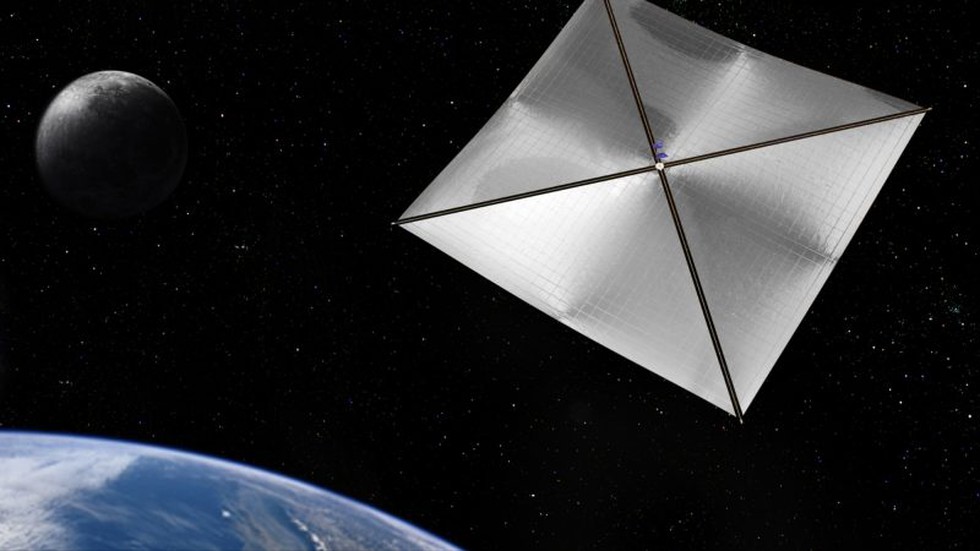
About Advanced Composite Solar Sail System (ACS3):
Groww Mutual Fund recently launched I...
Finance Minister has denied reports t...
Non-banking financial companies (NBFC...
The MQ-9B Predator drones India will ...
The Centre recently warned about “dri...
Foreign Portfolio Investors (FPIs) do...
A convergence of several factors give...
The Maharashtra forest department is ...
For the first time, researchers have ...
Aeronautical Development Establishmen...